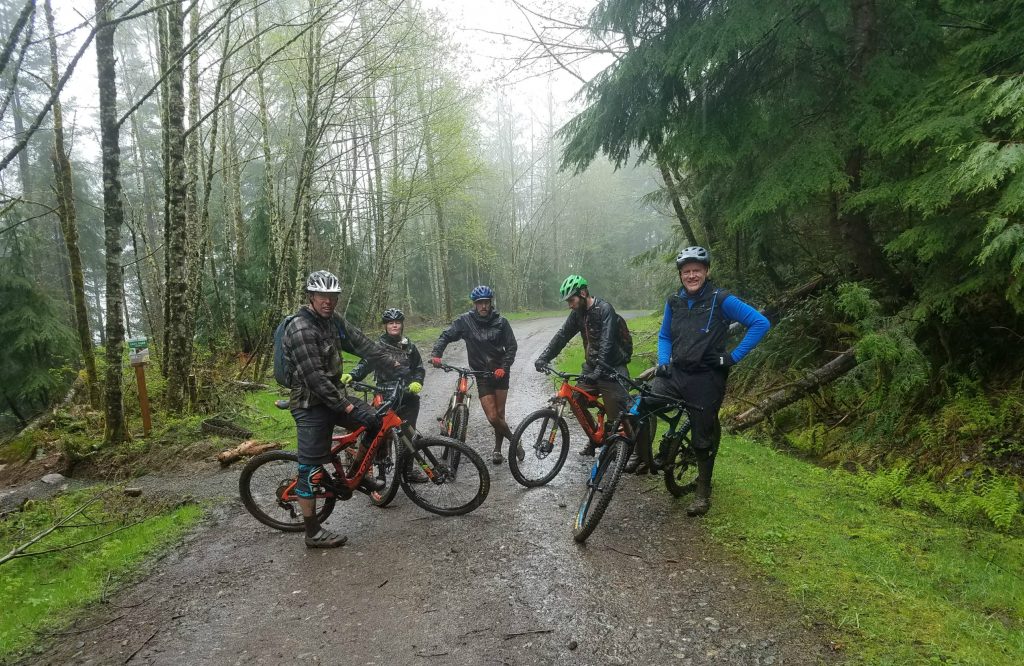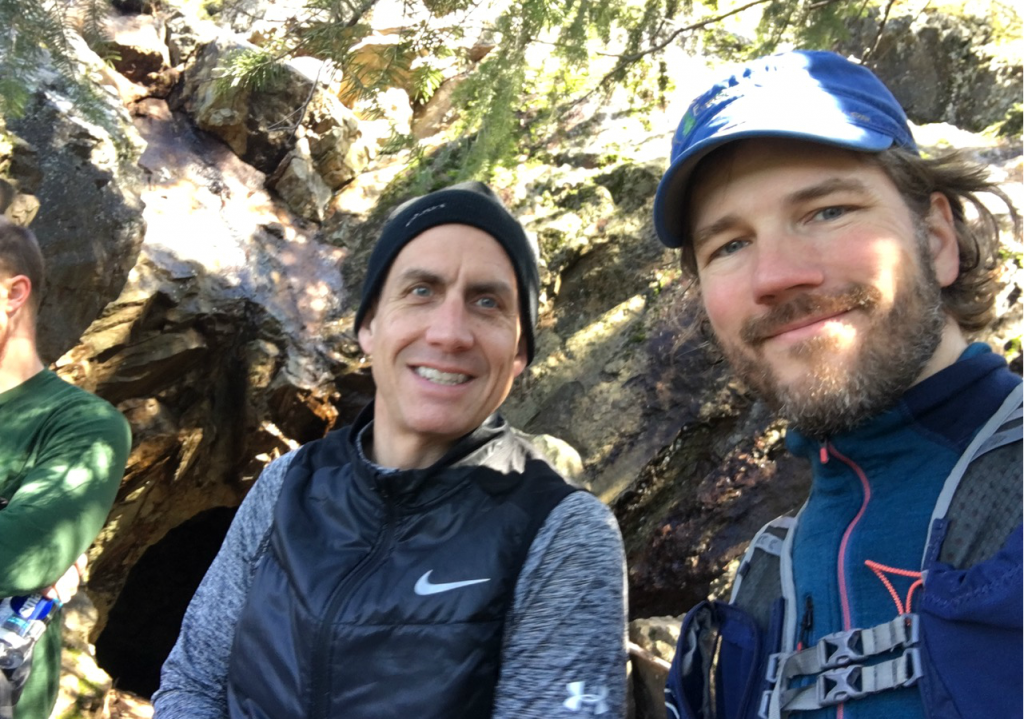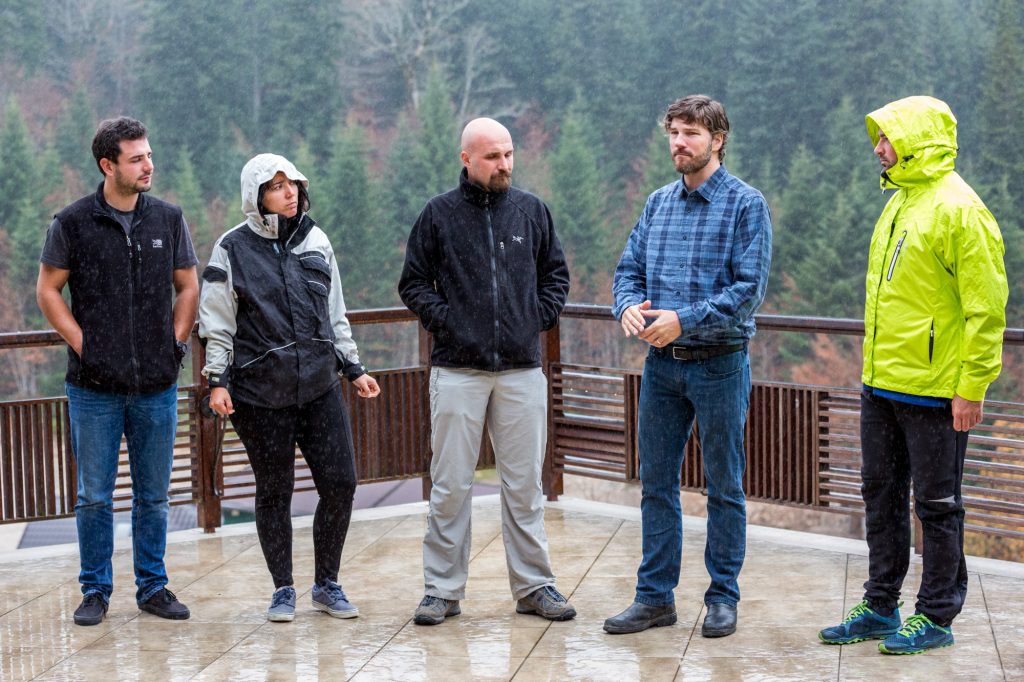Traditionally, a tour guide’s destination expertise was primarily harnessed to show travelers the route from Point A to Point B. After the advent of modern cartography, guides were needed to communicate with locals and arrange aspects of the itinerary. With today’s technology, these traditional guide roles are minimized, but guides are now essential for helping to connect travelers to the local people, their stories, and a destination’s story. They serve as ambassadors for a destination, representing the local community’s interests and pointing out aspects of the natural and cultural landscape that might have been missed without raising awareness.

The evolution of the guide combined with the rapid growth of adventure travel led to the creation of the International Adventure Travel Guide Qualification and Performance Standard, released in 2015. It provides a much-needed roadmap for destinations, businesses, and guides to meet the modern adventure traveler’s expanding demands. And while the Standard could be viewed as a threat — yet one more set of requirements to follow — guides have expressed that this helps differentiate themselves from those who are less experienced. By explicitly defining the competencies a quality guide possesses, this Standard helps professionalize the field of guiding and justifies why and how guides earn a comfortable living.
Different Destinations, Same Challenges
Over the last couple years, I have delivered several trainings around the world tied to this Standard for individual companies and destinations as a whole. Though guides in each destination face unique scenarios, it is significant that several issues surface at every training, regardless of where they work. For example, guides everywhere worry about balancing the need to earn a solid living with the physical demands guiding requires. Veteran guides consistently wonder whether guiding is still a viable career.
The Standard notes the difficulty in providing customer service and the fact the customer is not always right. This is true from a leave-no-trace perspective, safety perspective, and in terms of how guests treat guides and other tourism professionals. In all the trainings I have conducted to date, female guides brought up scenarios where guests made disparaging comments upon learning their guide was a woman and proceeded to direct authority to male support staff. All of the women had been on the receiving end of sexist jokes, and in several cases, female guides had actually experienced sexual harassment from guests or superiors in their companies.
It is important for companies to have clear procedures for reporting all kinds of harassment and that guides are trained on how to remove a guest from a trip in escalated cases where guides feel uncomfortable or unsafe. As is common in the service industry, guides are not always aware they have a right to confront discrimination and harassment, and these trainings have been an opportunity for business owners and managers to clarify company policies on how guides should handle these situations.
Bicycle Adventures: A Guide Standard Case Study
Many companies are significantly investing in training their guides and committing to incorporating the Standard into that training. Seattle-based Bicycle Adventures, owned by Todd Starnes, has taken this commitment a step further by redesigning its training to explicitly focus on the Standard in part because the company’s guides have gone from serving a logistical and mechanical role to delivering content and creating meaning for guests. Bicycle Adventures has even declared its intentions to its customers, bringing awareness to the importance of guide standards to the public domain.

I was fortunate to be a part of Bicycle Adventures’ guide and staff training in spring 2017, when the company incorporated the Standard and included both new and veteran guides. I followed up with Starnes on the preliminary results, and he pointed out that, at the end of past trainings, he felt new guides were “well trained in managing the logistics of a bicycle tour, but not as well trained in how to create an unforgettable guest experience.”
The effect of increasing the perception of professionalism in the guiding field — something that surfaced during the trainings — resonated with Bicycle Adventure guides well into the busy season. Starnes mentioned guides are using language like they “have a real job” when talking about their work. And there was a discussion throughout the summer about how to implement some of the concepts from the training, such as the idea that a trip is a whole experience and not just a series of connected events. He observed guides meeting to discuss how to deliver on this concept and add special moments into existing trips.
This elevated perception of the guides’ role seemed to have an effect on guide performance and morale. Many companies struggle with bridging the divide between the office team and guide staff, but Starnes observed more cohesion among the whole team this past summer. There was less “guides versus the office” mentality and much more trust that everyone had each other’s back. While part of this may be due to the fact the entire company, including the office staff, participated in the training, Starnes also felt learning about guide standards — and how their work is connected to the adventure travel industry at large — encouraged guides to hold themselves more accountable.
It cost Bicycle Adventures to fly guides in and hire outside trainers, and the training took time, but it was clear to Starnes the guides appreciated this investment. The extra commitment and attention helped the guide team feel more invested in the company’s success. Guides are already asking if there will be another all-company training in 2018 to build from what was covered in 2017.
I asked Starnes what he envisions success looking like in five or 10 years of incorporating this more holistic approach to training. He acknowledged success will mean this new training methodology will be solidly in place and of a high caliber. By then, the company will have experimented and learned what works for its trips and corporate culture. He wants to have messaging continuing throughout the year that is consistent with what is delivered during trainings. Some of the concepts delivered in last spring’s training were new, and in the future, it will be important to have examples on how to apply these concepts on actual trips. Finally, he noted, success will be reading guest surveys calling out specific elements emphasized in the training without prodding them to do so.
Recommendations for Guide Training
I believe investing in guides is not just a nice thing to do to make our industry more attractive for travelers. It is about investing in the actual survival of our industry. Travel is evolving to be more about the journey, the meaning, and the connection. It is about benefits to local people and travelers alike, and guides are a key link in these aspects of the travel industry.

For companies sharing that belief and interested in incorporating the Guide Standard into their training as Bicycle Adventures has, here are a few recommendations for getting started.
First, conduct an assessment of the guide team using the five competencies from the Standard. What are its strengths? What is lacking? Spend extra time filling in the gaps uncovered during the assessment. For examples, if guides hold many technical certifications but have very little experience working with guests, replace a technical seminar with a guest trainer on customer service.
Bicycle Adventures found a benefit in combining veteran guides with new hires. This works even better if the training is collaborative and provides space for guides to share their experiences. Are there guides with a particular expertise on which they could lead a training? For example, a guide with bird expertise could lead a field session on identifying and interpreting the five most common birds guides will encounter on certain trips. Additionally, to create a stronger bond between the guides and company owners and managers, invite managers and company owners to join parts of the training. Have them lead sections about company history and policies.
Guide training is not inexpensive, especially for certification or field training. Team up with other companies to share the cost of specialty trainers such as wilderness medicine or technical certifications.
Finally, given the time and resource investment for training guides, inform prospective customers of this important differentiator. Incorporate guide training efforts into marketing and customer relations. This not only highlights a unique selling point but also helps raise the bar for the entire industry, encouraging guests to focus on guide qualities, specifically those outlined in the Guide Standard.
Review the International Adventure Travel Guide Qualification and Performance Standard and sign on here.
